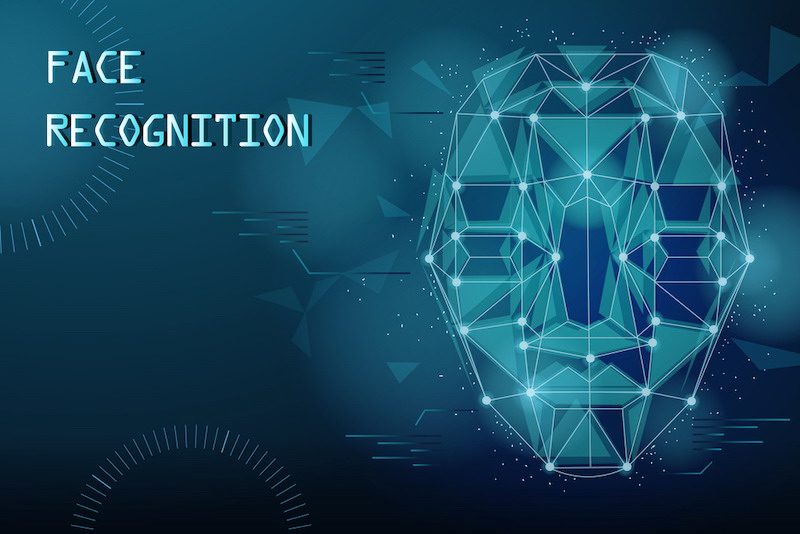
If you are among the billions of Facebook users, you know that the social media platform has the ability to recognize faces in photographs. Facial recognition is now so common in the social media arena that many people don’t even think about it. Yet there are some who are wary. They are afraid it is the precursor to ‘Big Brother’.
Facial recognition is ubiquitous at this point. Whether you know it or not, there are technologies all around you capable of capturing an image of your face and analyzing it to determine everything from your identity to your current mood. It is no longer a question of whether facial recognition is being used. It is. The question now is one of using it in ways that maximize its benefits without crossing ethical, moral, and legal boundaries.
George Orwell’s Big Brother
The ‘big brother’ analogy we so often use to describe an overreaching government comes from a George Orwell novel entitled Nineteen Eighty-Four. The dystopian novel depicts a totalitarian state in which the government monitors its people unmercifully. Surveillance is everywhere. Everyone knows that Big Brother – i.e., the government – is watching their every move.
The reality of such a concept was unthinkable when Orwell published his novel in 1949. Computer technology was still in its infancy back then, and what would become the internet hadn’t even been thought of at the time. And yet, concerns raised by Nineteen Eighty-Four are very real in 2019.
Is Big Brother watching? That depends on where you live. There are some places in the world where we know facial recognition is being used to monitor the general population. There may be other places where it is happening,but we just don’t know about it.
In China and Russia
In a recent Guardian piece discussing facial recognition, science editor Ian Sample mentioned a couple of countries where facial recognition is already being deployed. First up is China. The Chinese government has relied on facial recognition for several years to track certain groups of people.
Facial recognition is used to keep track of Uighur Muslims. It is used to identify lawbreakers who commit crimes on the street. It is used to identify students as they enter school and to make sure they are paying attention in the classroom.
Russian officials use the technology in Moscow to keep track of ‘people of interest’. Like their Chinese counterparts, Russian police agencies are now gearing up for the future deployment of sunglasses equipped with facial recognition technology. The sunglasses help officers identify suspects in crowds without ever making contact with them.
How It All Works
Rock West Solutions, a California technology company that provides signal processing solutions to a variety of industries, explains that facial recognition technology is all about gathering and analyzing data. Facial recognition accuracy relies on the accuracy of data analysis, which subsequently relies on data gathering.
Facial recognition starts with photographs of known people. Software analyzes the photographs and collects data on specific points of interest. That data is then stored away in a central database. At some point down the road, a facial recognition system may take a picture or video of a person of interest. That image can then be analyzed. If data points match with points already existing in the system’s database, a positive identification is made.
Facial recognition is great technology with a lot of useful applications. Used correctly, it can be an amazingly effective law enforcement tool. Use it incorrectly and you have a Big Brother problem. The very thing George Orwell feared is possible.






